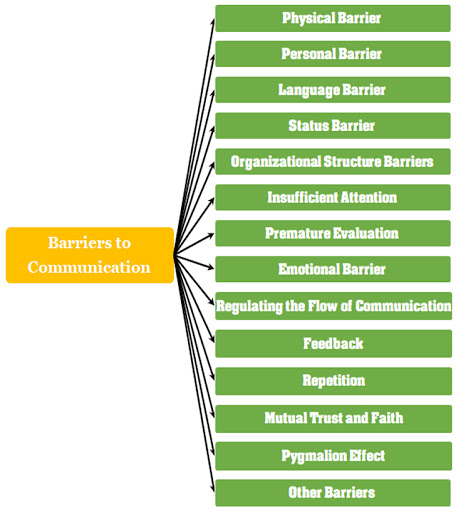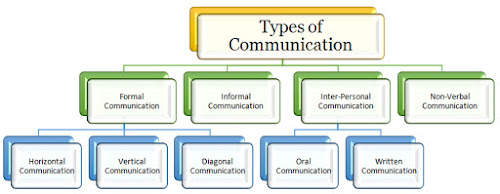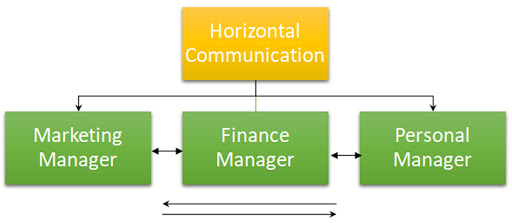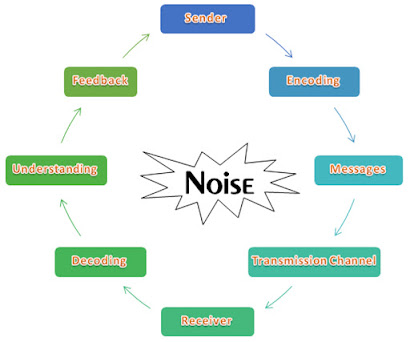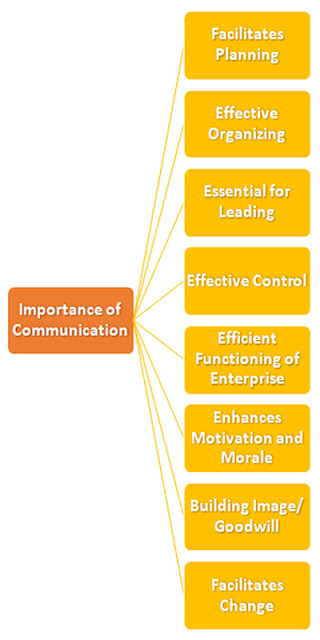Communication is essential for effective management. Similarly, every manager makes efforts to ensure effectiveness of communication. However, sometimes barriers to communication cause breakdowns, distortions and inaccurate rumors. These hurdles or obstacles for effective communication are called the barrier to communication. In the view of barriers to effective communication, the following specific suggestions can be made to ensure the effectiveness of communication:
1. Physical Barriers
The distance between the sender and the receiver of the message is an important barrier. In other words, communication is also retarded when proper physical facilities of communication are not provided in the organization. Lack of suitable environment (such as excessive heat, cold or noise), absence of intercom system, defective public announcement system, very little opportunity of meetings, conferences, social and cultural gatherings are some of the illustrations of lack of organizational facilities which result in delay and retarded communication. Noise and other environmental disturbances are other physical barriers to communication.
2. Personal Barriers
Personal barriers are concerned with the personal issues of the particular person. Personal factors like judgment, emotions and social values create a psychological distance between the sender and the receiver. The other personal factors like prejudice, inferiority / superiority complex, attitude, time pressure also affect interpretation of messages. Credibility gap between the sender and the receiver may create misunderstanding. If the sender and the receiver of the message do not have mutual trust and confidence, then communication will not be effecting due to differences in comprehension of reality.
3. Language Barriers
Language is the carrier of all information and ideas. People of different levels understand, write and speak differently. A speech or statement given in English may not be understood by most of the workers. People interpret words and symbols in terms of their own experience and thinking. When the sender and the receiver interpret differently, misunderstanding arises. In some cases the receiver may not understand language used by the sender.
Experience suggests that complex language, technical terms, and jargon make communication difficult to understand and frustrating to the listener. It is not true that complex ideas require complex words to explain them. Hence, while preparing the communication message, its language should be relatively simple and the ability of the receiver to interpret the message accurately should be kept in view. Efforts should be made to explain abstract ideas and avoid the vague expressions.
4. Status Barriers
There is a wide gap between the social and economic status of members of the organization and in their education, experience, background, authority and powers. In other words, status or position in the hierarchy of an organization is one of the fundamental barriers that obstruct free flow of information. A superior may give only the selected information to his subordinates so as to maintain status difference.
Effective communication largely depends upon sound organizational structure. The structure of the organization has a significant influence on the ability of its members to communicate efficiently and with ease. The supervision, long communication lines, complex relationship of line and staff and longer organizational distance of the worker from the management. The complex nature in itself is a great barrier since each manager requires essential information. If the structure is complex and vague involving several layer of management, breakdown or distortion in communication arise. Due to long lines of communication, flow of information gets delayed and distorted.
6. Insufficient Attention
Insufficient attention to the message is like to create misunderstanding. Insufficient attention may arise due to the message in contrary to expectations and belief of the receiver or busyness. Similarly, inadequate attention or half listening to the message makes communication less effective and the message is likely to be misunderstood. Inattention may arise because of over business of the communicatee or because of the message being contrary to his expectations and beliefs.
Misunderstanding and confusion are often caused by the half-hearted attention to the communication. Therefore, a receiver-listener needs to be patient, mentally well composed and avoid distractions while receiving the message. He/she should seek clarification, if necessary, on the message. At the same time, the sender of the message must also not be prepared to listen to what the receiver has to say and respond to his questions, if any.
7. Premature Evaluation
Some reader, listeners or receiver are in habit of doing judgment before reading or listening the complete message. This tendency of people is called premature evaluation. It distorts understanding and makes communication ineffective.
8. Emotional Barriers
Most of the people are emotional in nature but some are highly emotional. Barriers may also arise due to emotional attitude because when emotions are strong, it is difficult to know the frame of mind of other person or group. Emotional attitudes of both, the communicator as well as the communicatee, obstruct free flow of transmission and understanding of messages. In other words, a situation may affect their mind in such a way that they become speechless. Some may lose their temper quite often and may not listen properly to others. They may reach to conclusion quickly without considering the reasons of a situation and lose their balance of mind.
As strong feelings and emotions on the part of either the sender or receiver of the message distort the meaning of the message. One may, therefore, defer the communication for some time. He/she should response to communication with a composed mind only.
9. Regulating the Flow of Communication
Priority of messages to be communicated should be determined so that the managers may concentrate on more important messages of high priority. Similarly, the messages received should be edited and condensed to the extent possible, to reduce the chances of overlooking or ignoring important messages.
10 . Feedback
Communication is complete when it receives feedback. Feedback may include the receiver’s response in terms of acceptance and understanding of the message, his/her action and the result achieved. Thus, the two-way communication is considered to be more helpful in establishing mutual understanding than one-way communication.
11. Repetition
Repetition of message helps improve effectiveness of communication. It helps the listener interpret messages that are ambiguous, unclear or too difficult to understand the first time they are heard. Repetition also helps avoid the problem of forgetting. A popular strategy to help the managers remember the main points is “Tell them what you are going to tell them, then tell them what you have told them.”
12. Mutual Trust and Faith
12. Mutual Trust and Faith
Communication becomes effective having mutual and faith between the sender and receiver of the message. The honesty of the purpose is the best means breeding trust and faith between the two parties, i.e. sender and receiver.
13. Pygmalion Effect
13. Pygmalion Effect
In the ancient Greek mythology, a sculptor named Pygmalion craved the statue of a most beautiful woman. The result was so perfect that the sculptor fell in love with the statue and sat in front of it for a long time. He sat in front of it hoping that someday the statue will come to life and it ultimately happened. Since then, this is called the ‘Pygmalion Effect’. Thus, the Pygmalion effect refers to power of one’s expectation. In other words, people’s expectation determines their behavior. Let it be clarified with an example. If a professor believes that a particular student is not very hard working and sincere, then all his/her communication, be it verbal or non-verbal, will communicate this message to the student. What will happen is in the long run, a perfectly hard-working student may become lazy and insincere.
9. Other Barriers
Besides above barriers, number of other factors may disturb communication. Due to choice of misappropriate medium, the message may not be understood by the receiver. Lack of time, filtering information, different backgrounds, lack of mutual trust, resistance to change, mechanical barriers, pressure of work, poorly expressed message, wrong translation, communication overload, misinterpretation and careless may also cause barrier in the free flow of information.
You may also like this:

